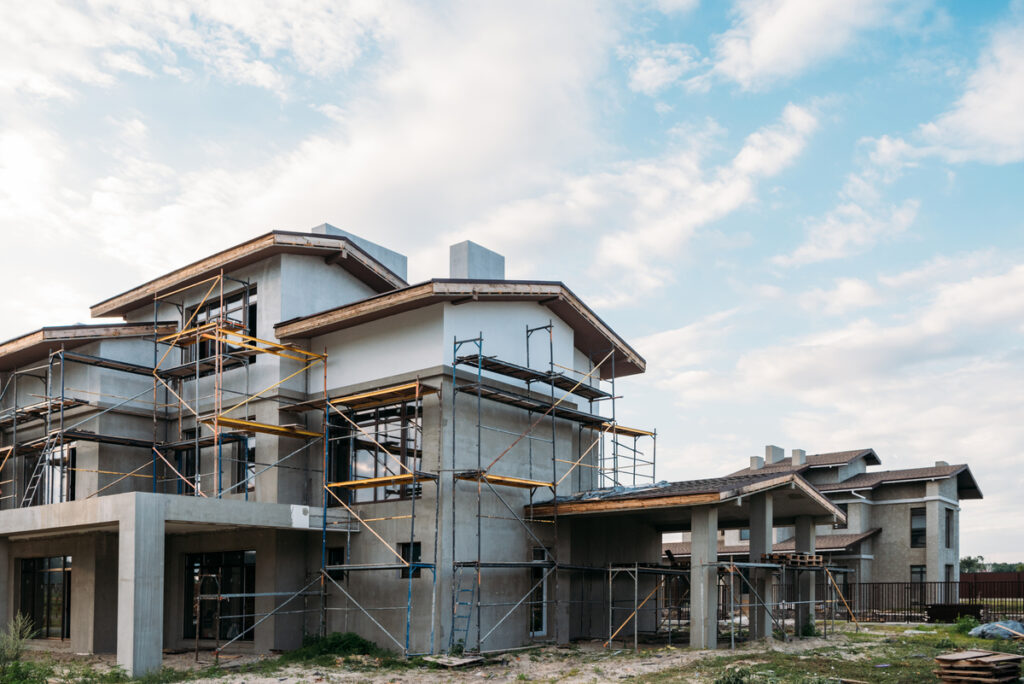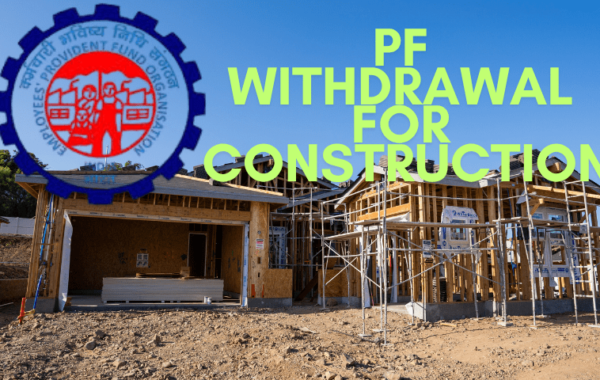
Understanding the Role of an Architect in Construction Project
Complex construction projects demand meticulous planning, co-ordination, and carrying out. Architects -the role of architect is one of the most critical participants in any building project.
What do architects do ?
The architect plays crucial role in shaping the project’s design, functionality, and overall success. Let us guide you with the role of a architect in construction projects, breaking down their responsibilities and how they contribute buildings and structures that look good and serve their intended purpose.
Before delving into the role of an architect, let us understand what an architect means.
What does architect mean?
A practitioner who designs buildings and other structures is an architect. They create detailed plans and drawings. It ensures that a construction project meet safety, functionality, and aesthetic needs. Role of Architect, architects significantly influence how our homes, workplaces, and recreational areas look and work.
What are the roles and responsibilities of an architect?
1.Designing the vision:
The architect is often the creative visionary behind a construction project. They are responsible for taking the client’s concepts from the client and transforming them into a workable design. This involves not only creating pleasing structures but also ensuring functionality and practicality.
Architects consider the client’s needs, desires, budget, and local codes when developing designs.In simple terms, architects are like the artists of the construction world.They use their creative skills to draw up plans and blueprints that clearly show what the final building will look like. These designs serve as a road-map for the entire project, guiding everyone involved in its construction.


2.Budget and Cost Management
Architects are not only associated with artistic and design aspects of a project. They also play a critical role in budget and cost management. They work with the client to establish a budget and ensure the project stays within those financial constraints. This involves making decisions about materials, construction methods, and design elements that align with the budget.
Architects must balance the client’s desires and the available funds.They help to find cost-effective materials or techniques with quality and design integrity.
3.Regulatory Compliance
Construction projects are subject to many regulations and building codes that vary from place to place. Architects are responsible for ensuring the project conforms to all of these rules. They must be knowledgeable about local zoning laws, building codes, and other legal requirements.
In simple terms, architects act as legal guardians for the construction project. They will ensure the design and construction process adhere to all the rules and regulations. Hence, it prevents potential legal issues down the road.


4.Coordination with Other Professionals
Architects are not lone wolves in the construction industry. They work with a team of professionals. This includes engineers, interior designers, contractors, and various consultants. The architect’s role is to coordinate the efforts of all these individuals to ensure the project runs smoothly.
They collaborate with structural engineers to ensure the building is safe and structurally sound. They also work with interior designers to create a cohesive and functional interior space. Architects act as the project’s conductor, ensuring everyone agrees and pursues the same objective.
5.Construction Oversight
The architect’s job is far from over once the design is complete and construction begins. They are often involved in the construction phase. They provide oversight to ensure the project is executed according to the design specifications. This involves regular site visits, reviewing progress, and resolving any problems or modifications that might occur while the building is underway.
Think of the architect as the project’s quality control manager. They make sure that the construction aligns with the design. If any deviations occur, they can address and resolve them to maintain the project’s integrity.


6.Problem Solving
Construction projects are rarely without challenges.Unexpected issues can arise during the design or construction phases.Architects are problem solvers who use their knowledge and experience to find creative solutions. Whether it’s a design flaw that needs adjusting or a construction hiccup that needs a quick fix,architects are there to make things right.
7.Communication and Client Relations
Effective communication is a critical factor in any successful construction project. Architects act as intermediaries between the client and the rest of the project team. They translate the client’s vision into actionable plans and ensure that the client’s concerns and preferences convey the client’s feedback to the team.
In short, architects are the bridge between clients’ dreams and the practicalities of construction. They maintain open lines of communication, keeping the client informed about progress and addressing any questions or concerns along the way.


8.Sustainable and Environmentally Friendly Design
In today’s world, sustainability and environmental considerations are increasingly important in construction projects. Architects are often at the forefront of incorporating sustainable practices into their designs. They aim to create energy-efficient buildings, use eco-friendly materials, and have a reduced environmental footprint.
Think of architects as the eco-warriors of construction. They strive to make buildings that serve their intended purposes and do so with minimal impact on the environment.
9.Aesthetic Considerations
One of the most visible aspects of an architect’s role is the aesthetics of a building. Architects are responsible for the following:
- Ensuring that the construction project looks good
- Fits well within its surroundings
- Meets the client’s aesthetic preferences.
They consider building shape, color, materials, and overall style. Architects strive to create visually appealing buildings that leave a lasting impression.


10. Long-Term Functionality
A well-designed building should look good and function well over the long term. Architects consider how the building will be used, its purpose, and how it can best serve the occupants. This involves thinking about the space’s layout, flow, and usability.
Architects are the masterminds behind construction projects, turning dreams into reality. Their role is multifaceted, as they bring creativity, expertise, and vision to the construction industry. Architects play a prime position in shaping the physical world around us, and their contributions are invaluable in creating buildings and structures that stand the test of time. In this world of architecture, Cibi+Simeon Designs – “the best architects near me “plays a crucial role in providing exclusive services to the people. We, the leading architecture firm in Chennai, offer turnkey architectural solutions. As a residential architects near me, we have designed many projects that stand as masterpieces. Hire us to create your masterpiece, too.


